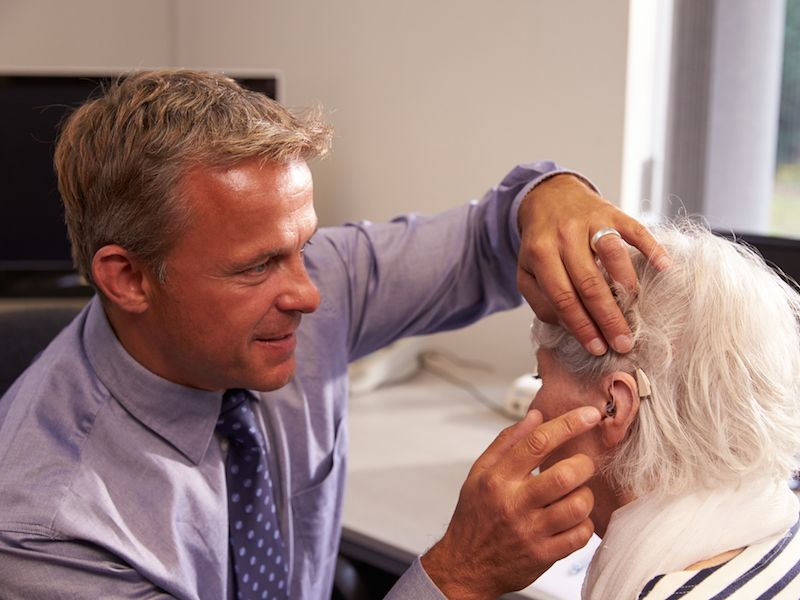
The numbers don’t lie: you may need hearing aids someday. A report from NIDCD estimates that approximately a quarter of all individuals from 60 to 75 have some kind of hearing loss, and that number goes up to 50% for people 75 and older. But how can you be certain which model is right for you when you recognize it’s your best chance of combating loss of hearing? Hearing aids used to have problems including vulnerability to water damage and excessive background noise but modern hearing aids have solved these types of problems. But to make sure your choice of hearing aid is correct for you, there are still things you need to consider.
Look Closely at Directionality
Directionality is one crucial feature you should look for, which has the capability of keeping background noise down while focusing in on sound you want to hear such as conversations. One, if not both, of two types of directionality systems are working inside most hearing aids, they either focus in on sound directly in front of you, or they focus on sound coming from different speakers and sometimes do both.
Will Your Hearing Aid Interact With Your Phone?
As a nation, we’re addicted to our phones. You more than likely have some kind of cell phone, either a smartphone or a flip phone. And for those few who don’t actually own a cell phone, you likely still have a land-line. So, how well hearing aid works with your phone is an essential concern when you’re shopping for hearing aids. How does it sound? Do voices sound sharp? Does it feel easy to wear? Is it Bluetooth Ready? These are all the things you should consider when selecting new hearing aids.
Are You Likely to Use it?
In the past few years, as mentioned above, the technology of hearing aids has significantly improved. One of those advances has been the size and shape of hearing aids, which are much smaller today. Still, there will always be some trade-offs. A more compact hearing aid may not be as powerful as a bigger one, so it really depends on your hearing specialist’s recommendation and what you want to achieve with your hearing aid. You can get a hearing aid that fits directly into your ear canal and is all but invisible, but it won’t have many of the functions available in larger hearing aids and will be prone to earwax clogs. On the other side of it, a behind the ear hearing aid is larger and may be more noticeable, but often come with more directionality features and have more choices for sound amplification.
What Kind of Background Sound Will You be Exposed to?
Wind interference has been an extreme difficulty for hearing aid users since they were developed. It could have driven anybody crazy to go outside on a windy day and hear nothing except the wind. you live in a windy place or if you’re an outdoor person so you’ll want to suppress wind noises with your hearing aid choice so that conversations won’t have that frustrating wind howl. Inform yourself about the many different hearing aid choices available to you. Give us a call.
